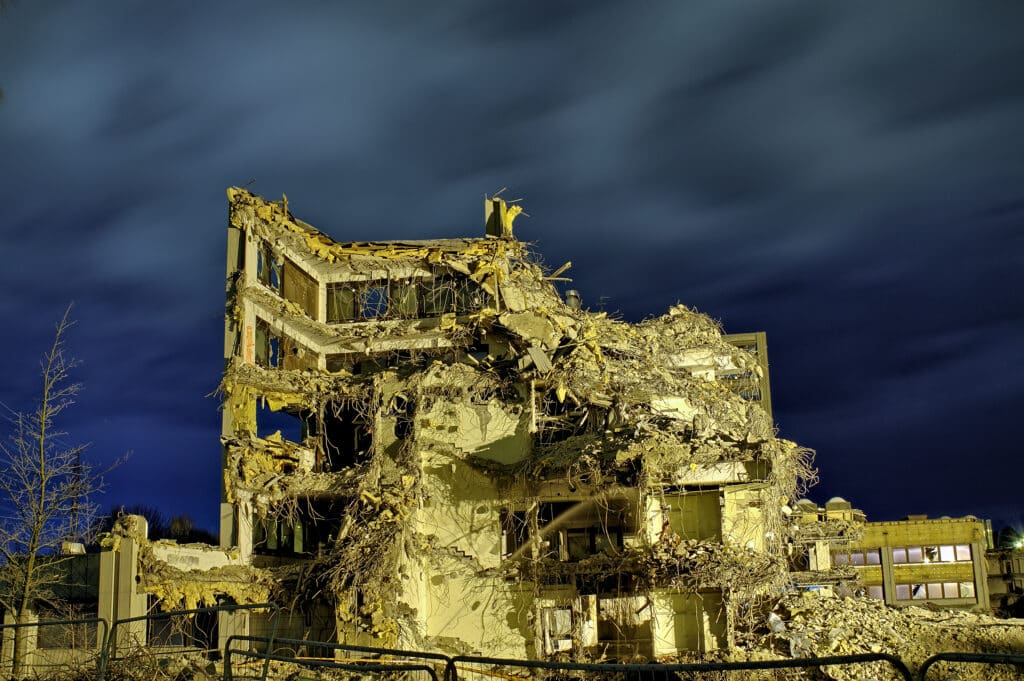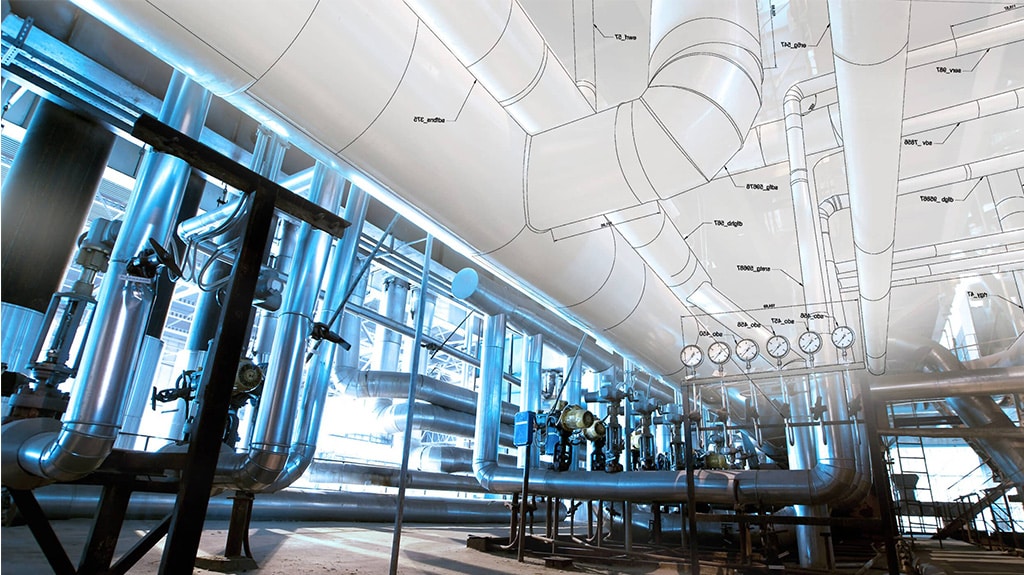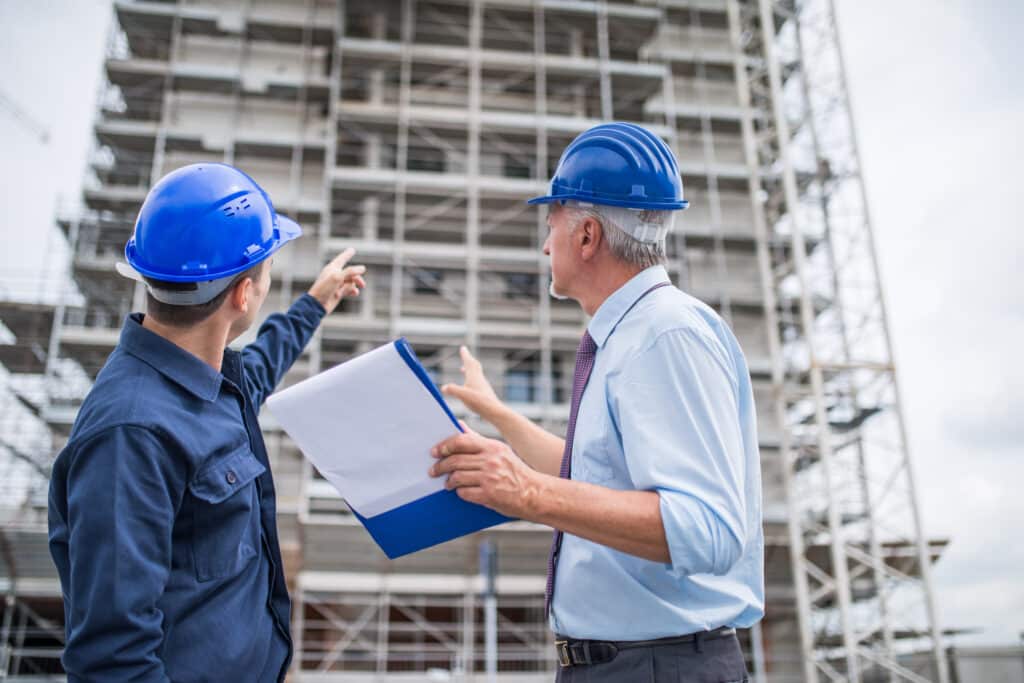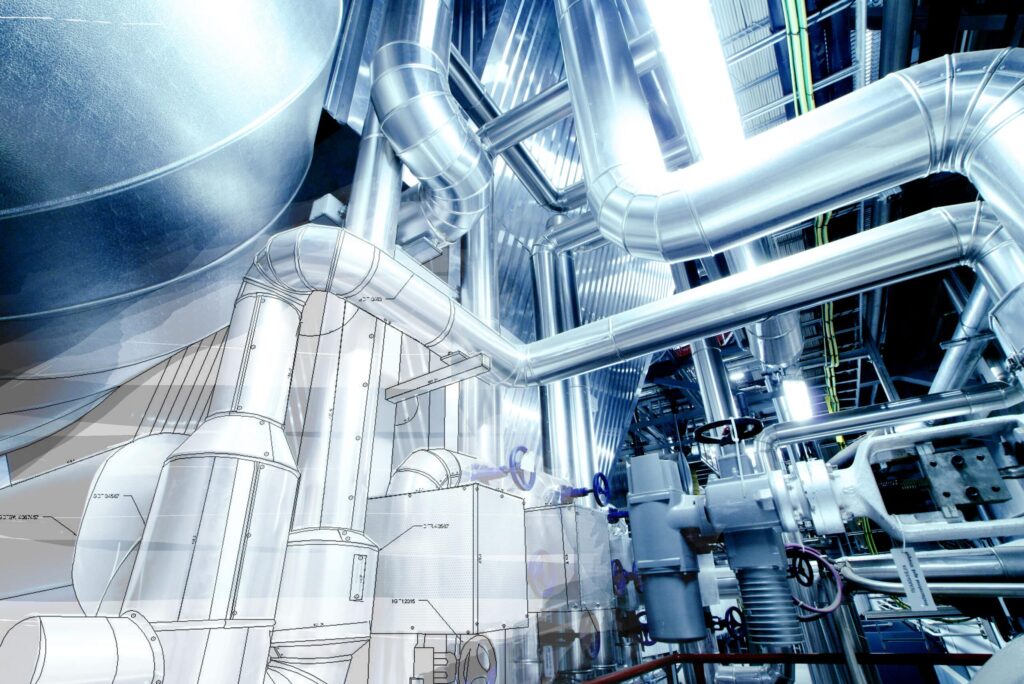Earthquakes are one of the most destructive natural phenomena. FEMA estimates earthquake losses to be over $6 billion a year in the United States. While earthquake hazards cannot be controlled, the level of preparedness and effort devoted to developing, implementing, and enforcing building codes can be.
There’s a well-known saying: “Earthquakes don’t kill people – buildings do.” Expanded, it is: “Earthquakes do not injure or kill people. Inadequately built man-made structures can and do injure and kill people.”
Building codes aim to mitigate the risk structures present. Seismic code development continues as better ways to enhance life safety conditions are uncovered, enabling the construction of safer structures.
About Seismic Codes
Seismic bracing is a crucial component of building design in areas prone to seismic activity. Proper bracing mitigates structural and non-structural damage in a seismic event, improving the safety of buildings and their occupants. Seismic codes set forth minimum design and construction requirements.
Structures that meet minimum requirements should be capable of resisting earthquake loads without serious structural damage. Non-structural and architectural damages can be reduced with additional precautions. In addition to setting minimum requirements, building codes restrict or prohibit certain vulnerable types of buildings in seismically hazardous areas.

Seismic Requirements Can Vary
Seismic code requirements vary depending on the region and its local building codes, regulations, and guidelines. Most states and local jurisdictions adopt the building codes maintained by the International Code Council (ICC). They include: the International Building Code (IBC), the International Residential Code (IRC), and the International Existing Building Code (IEBC). New editions of the International Codes are published every 3 years.
Who Sets Code Requirements?
In the United States, the International Building Code (IBC) sets minimum design and construction requirements. The American Society of Structural Engineers (ASCE-7) provides earthquake specific requirements. Some noteworthy seismic code requirements include:
- Plain masonry and plain concrete buildings without steel reinforcement are not permitted in moderate-to-high seismic hazard regions.
- Major mechanical, electrical, and plumbing (MEP) components are braced to resist earthquake loads and motion.
- Buildings like hospitals, hazardous material storage facilities, and emergency structures are designed for at least 50% more seismic load than common buildings.
- And much more.
It is essential to understand and adhere to seismic requirements to enhance the safety and stability of buildings during seismic events.
The History Behind Seismic Code Development

Building codes did not have earthquake design requirements prior to the 1906 San Francisco earthquake. Earthquakes were not mentioned in building codes until the Palo Alto Code in 1927. The Santa Barbara earthquake in 1925 was the turning point for seismic codes, due to the damage observed in buildings. In 1925, Congress gave the United States Coast and Geodetic Survey responsibility to investigate and report on seismology. This had significant effects on seismic code development.
In 1933, the first mandatory seismic codes in the United States were published, following the Long Beach earthquake that same year, after extensive damage to school buildings. Since then, codes have been revised as new knowledge emerges in order to improve on the safety of buildings and reduce losses from earthquakes.
Since these early earthquake events, code revisions have become much more organized. Every time a major seismic event occurs, findings from these events can lead to code changes. For example, the 1971 San Fernando Earthquake illustrated the vulnerability of “soft-story” concrete buildings and non-ductile concrete buildings. The 1994 Northridge earthquake illustrated that welded steel connections that were previously thought to be ductile were not and major code changes resulted. In these earthquakes and many others, the vulnerability of nonstructural items such as MEP systems and architectural items was apparent. Modern codes include measures to protect these items during seismic events.
Seismic Code Continues To Advance

Changes and additions to seismic codes continue to develop with new research and documentation of performance in past earthquakes. Even well-designed buildings can be damaged during an earthquake, depending on its severity. As such, seismic code development is crucial to provide higher protection and damage reduction, especially for critical facilities, such as hospitals.
The Only Firm In Utah With Someone Nonstructural the Code Committees that Developed MEP Seismic Design Requirements
VIE Engineers doesn’t just read seismic codes – we also participate in seismic code development. We are the only engineering firm in the state of Utah that currently has someone on code committees. Through our direct involvement, this helps take advantage of code provisions for your benefits.
Our engineers use dynamic analysis and take advantage of methods in building code that most people aren’t even aware of. Our senior engineer, Mr. Masek, has been an active member of the ASCE 7 code committee, in addition to other professional activities for professional engineering organizations, such as the American Society of Civil Engineers, the Structural Engineering Institute, and the Earthquake Engineering Research Institute. He has developed seismic criteria for both new facilities and retrofits of existing structures.
Contact us to learn more about our seismic engineering services and what we can do for you.






